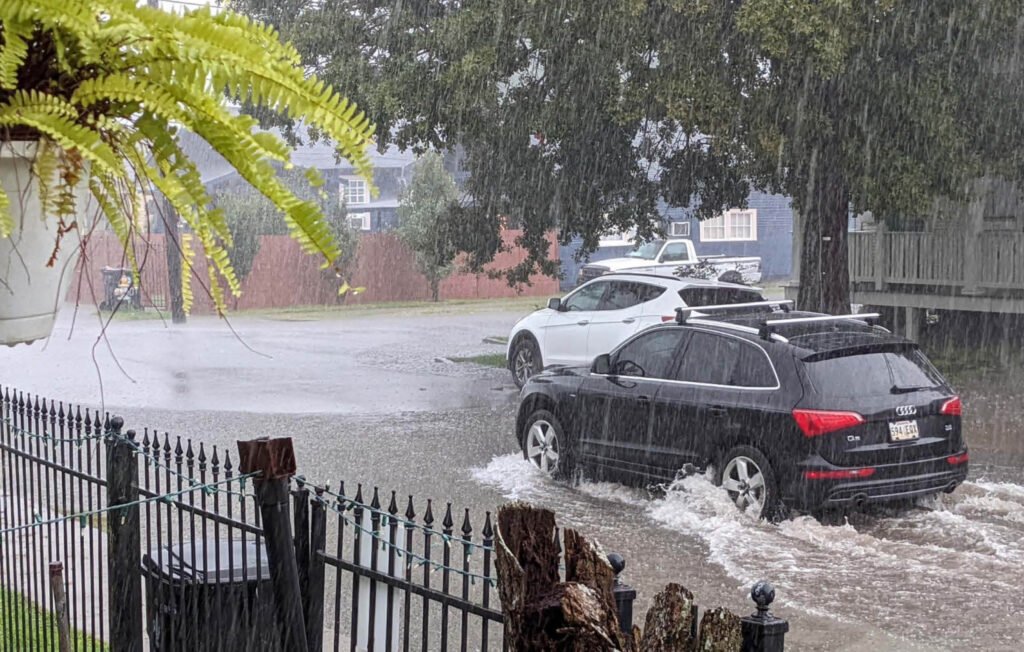Words The Kanto Team
Images World Architecture Festival (GROHE Water Prize)
After an arduous global search, the GROHE Water Prize 2024 narrowed its sights on five water-centric projects from China, the Philippines, and the United States. One will be announced the winner next week, bringing home £10,000 of funding to support their project’s further development.
China is represented by last year’s World Landscape of the Year awardee, Turenscape (for Green Distillation: Maotai’s Pioneering Eco-Metaverse Project); interestingly, three out of the five shortlisted projects hail from The Philippines, with perennial WAF joiner WTA Architecture and Design Studio (for Pasig River Urban Development) joined by ASDA 2022 second placer Nicole Angela Teñoso from the University of Santo Tomas (for Bridging the Waters: Redefining the Architectural Paradigm of the Badjao Culture for the 21st Century), and Ecijano Builders Architectural Design Services (PEEPOOPOD) represented by Noriel Estipular. The team from the USA’s Tulane University School of Architecture and their submission, the New Orleans Public Space Project, rounded out the shortlist.
Organized in collaboration with the World Architecture Festival, the GROHE Water Prize is an initiative to support “…ground-breaking research and innovative schemes tackling water challenges.” Entry into the prize is free for architects, designers, universities, or other research institutions, with the winning project receiving £10,000 in funding support from the esteemed brand. Aside from the monetary leg-up, the winner will have the opportunity to present their winning scheme live to the attendees of the World Architecture Festival 2024 (November 6-8) in Singapore, where they will also receive a trophy during the closing Gala Dinner on the 8th.
Get to know the shortlisted entries for this year’s Prize below, as described by their proponents. Congratulations to the shortlisted entrants for this year’s Grohe Water Prize! Thank you for harnessing the transformative power of design in facing global water challenges! •
Shortlist
Green Distillation: Maotai’s Pioneering Eco-Metaverse Project by Turenscape, represented by Kongjian Yu
The Maotai Environmental Protection and Ecological Improvement Project, spanning 8 hectares and set to be built by 2025 as a research and development initiative, is a bold testament to Maotai’s commitment to integrating sustainable practices with its esteemed tradition of liquor production. Designed by the architect for Guizhou Moutai Wine Co., Ltd., this experimental project aims to revolutionize the industry’s environmental management by creating an ecosystem that fully integrates water, nutrients, carbon, and energy recycling. This visionary project is not only about meeting environmental regulations but also represents a significant step towards establishing a new standard in industrial ecological integration.
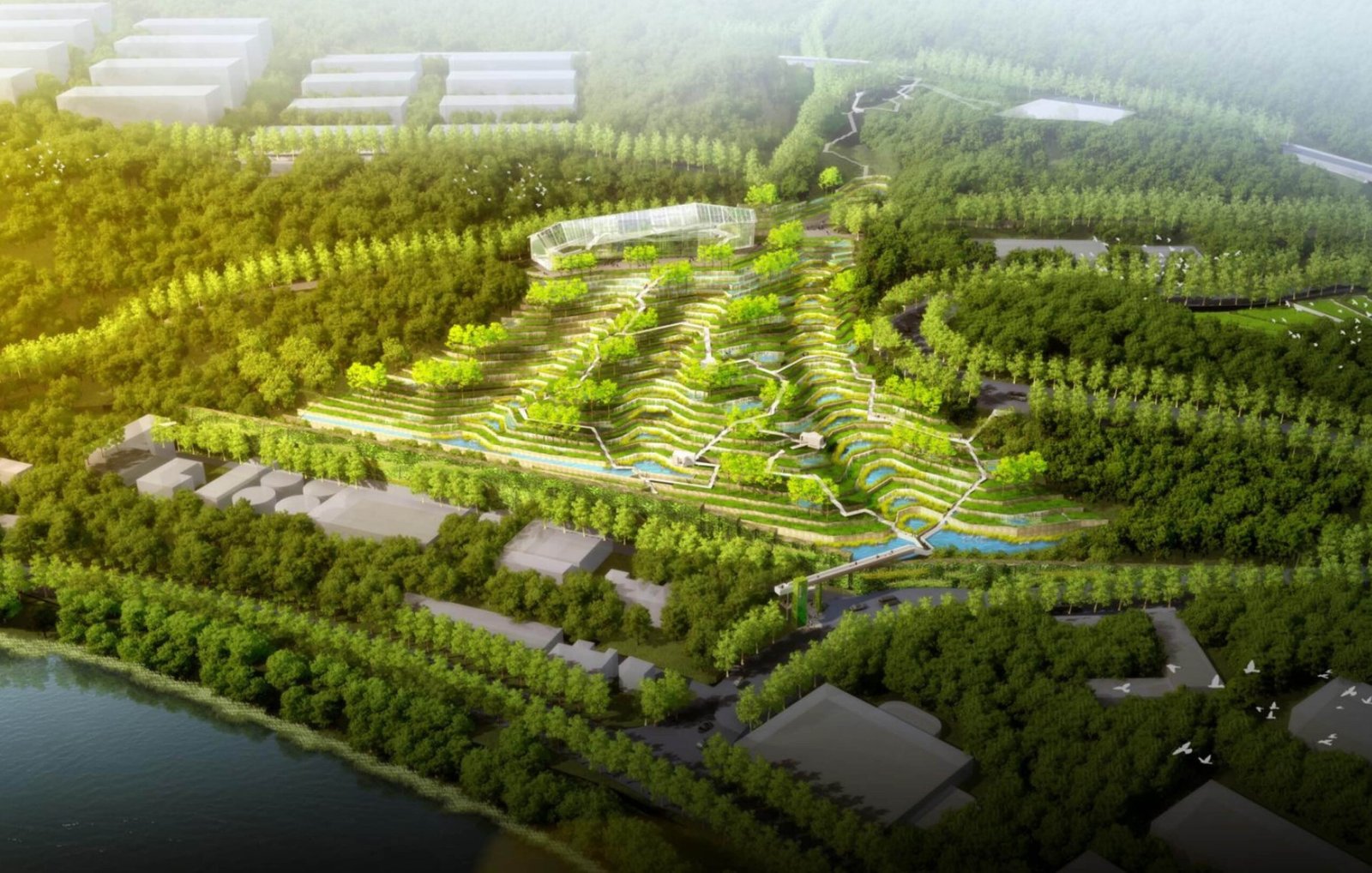

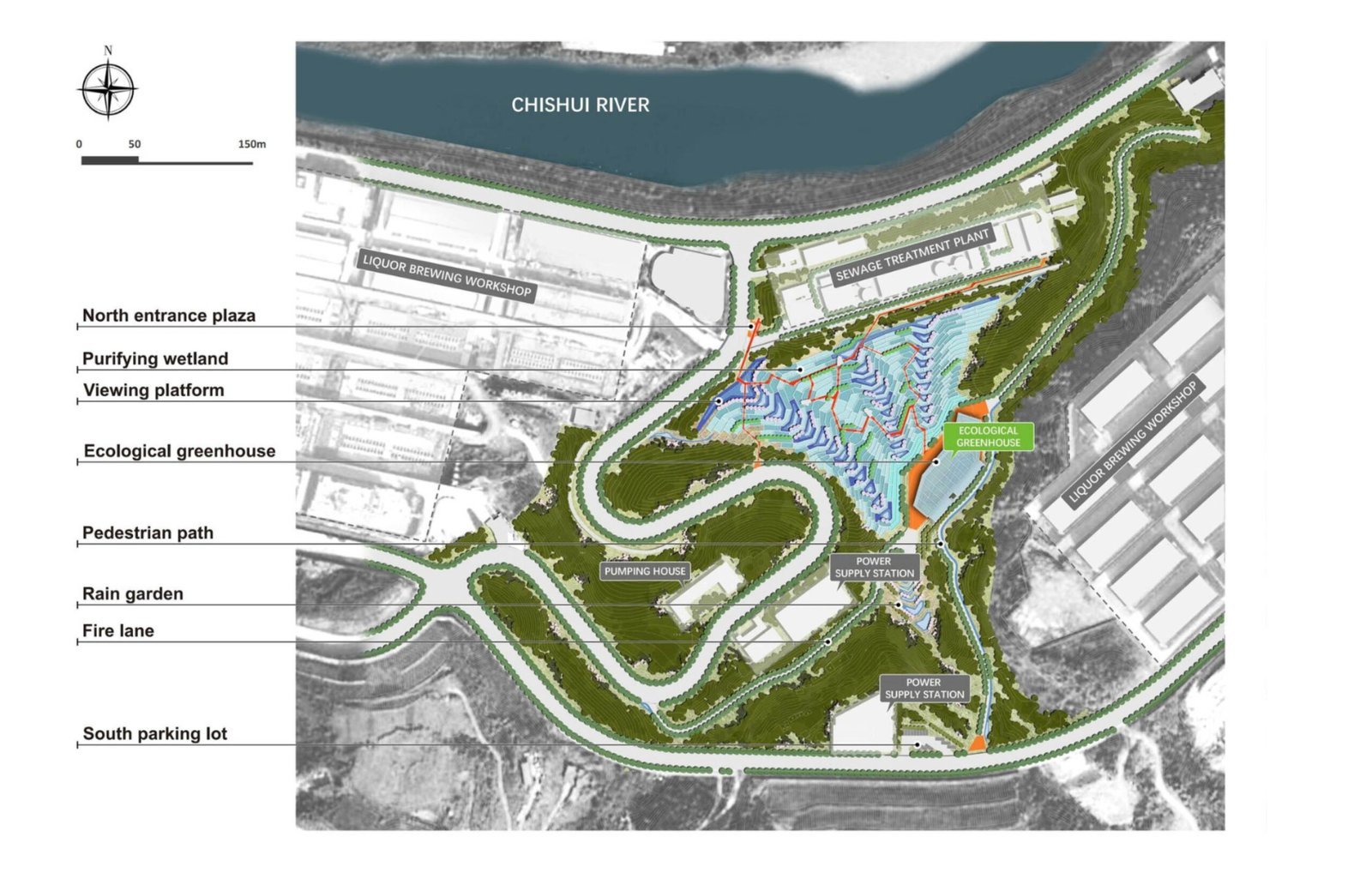
Bridging the Waters: Redefining the Architectural Paradigm of the Badjao Culture for the 21st Century by Nicole Angela Teñoso of the University of Santo Tomas
Bridging the Waters explores the intersection of architecture and time, seamlessly blending today’s challenges with the enduring cultural traditions of the Badjaos. In a modern era increasingly disconnected from established customs, this design concept envisions an organic architectural framework that allows them to build, dismantle, and reconstruct as they see fit. Bridging the Waters is poised to preserve and advance the culture of the Badjaos by embracing temporality as a dynamic force for adaptation. The concept of temporality is as fluid as the waters upon which they navigate.
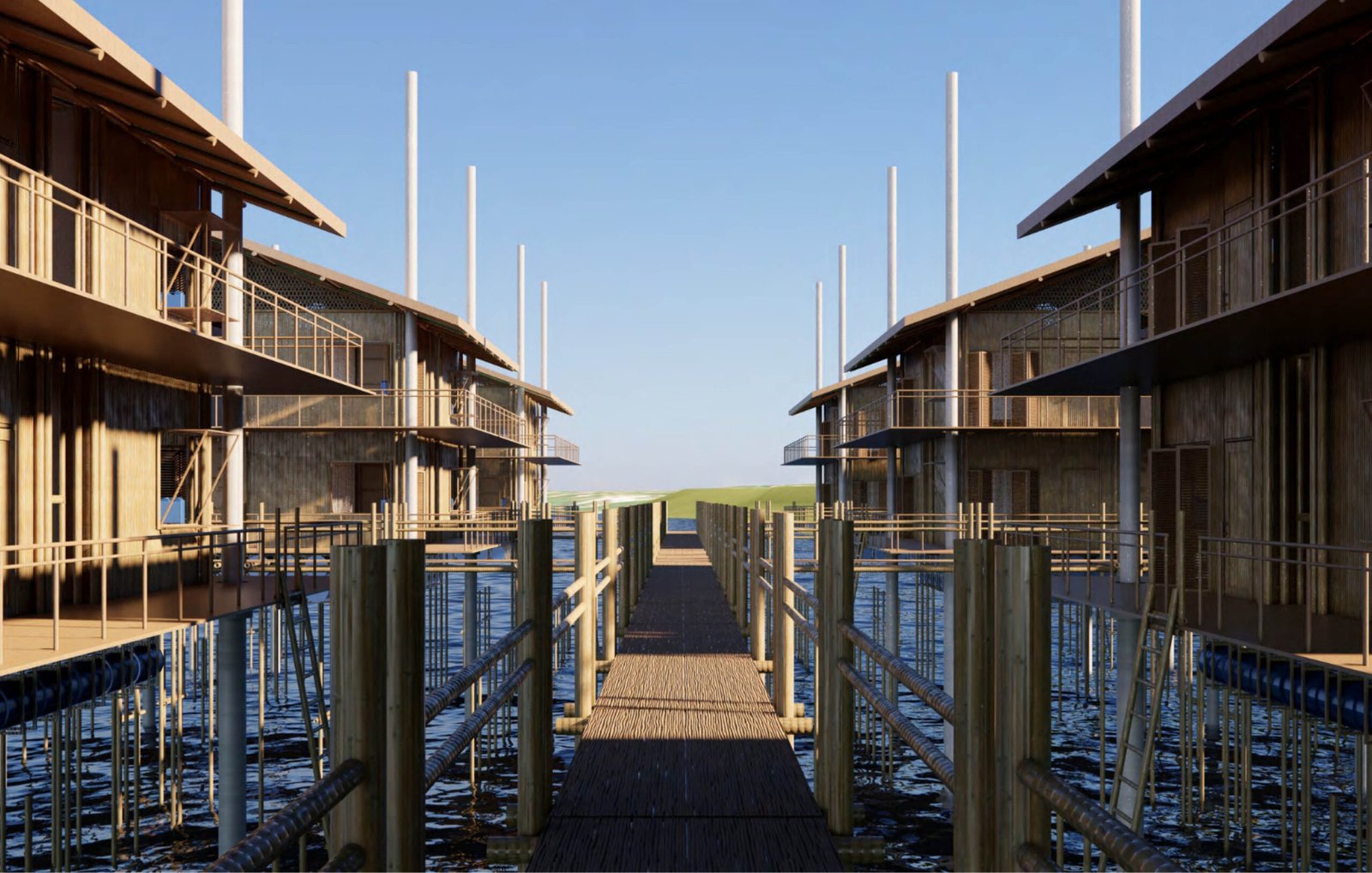
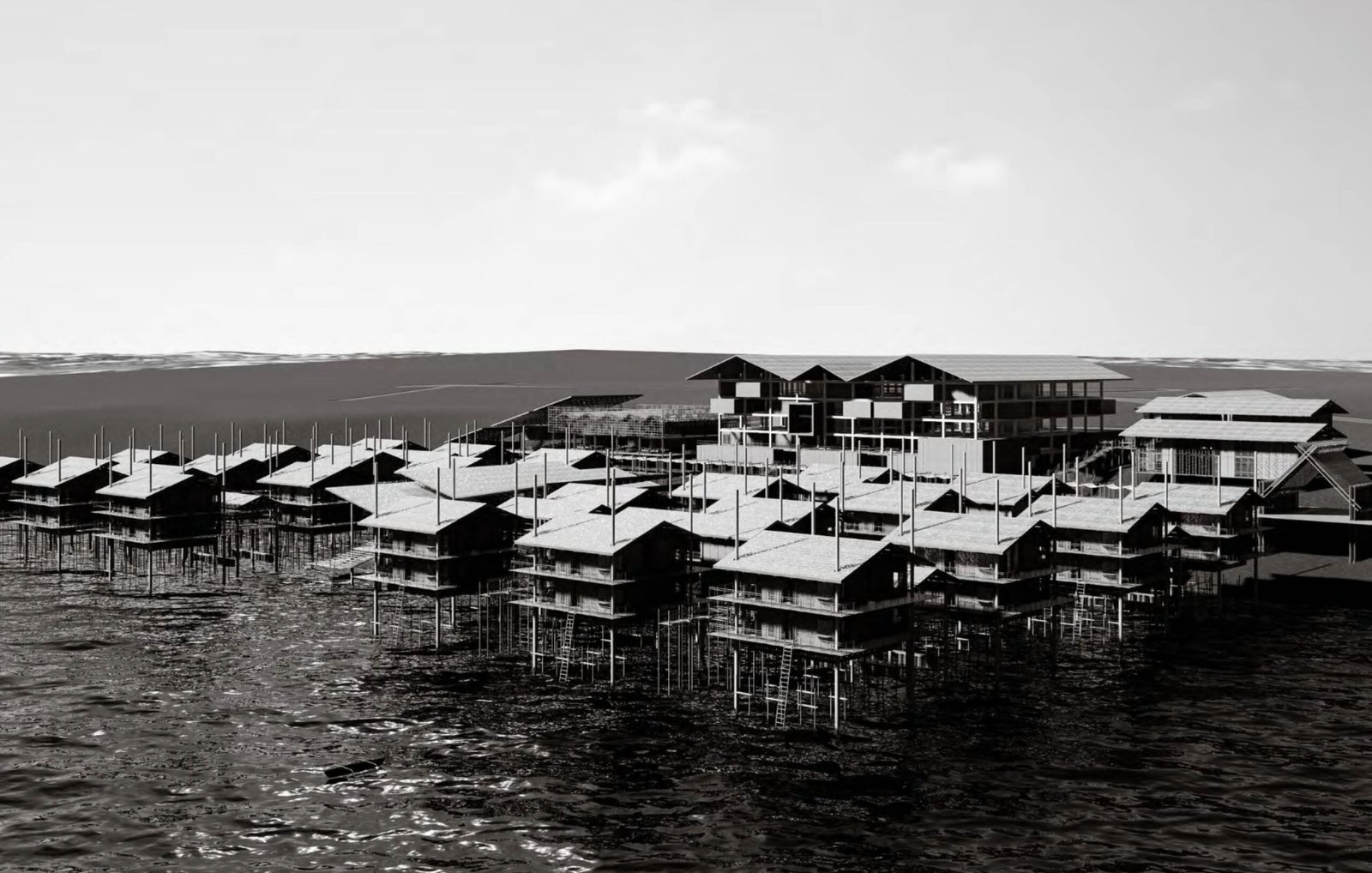
PEEPOOPOD: The Power of Water by Ecijano Builders Architectural Design Services, represented by Noriel Estipular
The PEEPOOPOD aims to transform unhappy places into happy ones by providing essential resources to everyone. It is designed to rethink and explore renewable energy sources to supply clean energy to people in slums, rural, and urban communities. The Toilet & Bioenergy (T&B) system is an experimental design that acts as an autonomous power source for a home. It harnesses solar energy from photovoltaic panels, produces biogas energy for cooking from sludge and urine, collects rainwater for domestic use, recycles grey water, lights up the house with two bulbs, powers two electrical outlets, maintains good odors with fragrant plants, and ensures safe and proper sanitation for users.

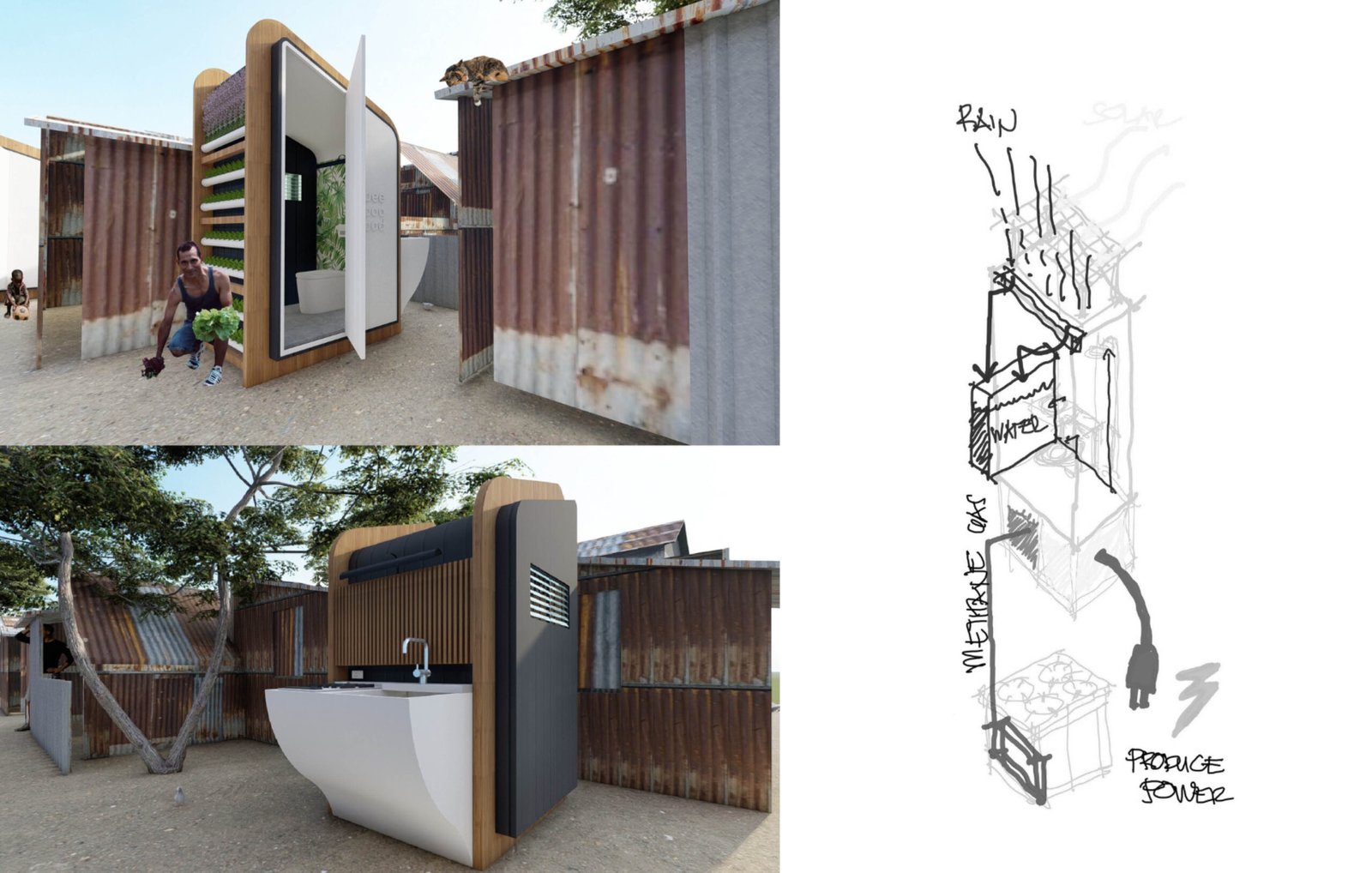
Pasig River Urban Development by WTA Architecture and Design Studio, represented by William Ti, Jr.
The Pasig River Urban Redevelopment Project covers the entire 27km length of the river from Laguna Lake to Manila Bay and its tributaries. It aims to create a social infrastructure as a free socio-cultural hub connecting our communities. The project is divided into nine segments, each highlighting different component cities along the river. It focuses on urbanism, which prioritizes our communities and the human environment. We all share a connection to the river, regardless of where we live in the city. The Pasig River Urban Redevelopment Project is a significant urban program that affects all our lives and shapes the future of Manila. The condition of the Pasig River is a reflection of our city and our responsibility towards it. It presents an opportunity to restore the river to a place of pride and beauty and tells the story of the Filipino people.


New Orleans Public Space Project by Tulane University School of Architecture, represented by Sean Fowler
The New Orleans Public Space Project aims to change how New Orleans deals with stormwater by viewing it as a resource instead of a threat. This project involves creating drainage systems throughout the city, serving as public spaces. It brings water to the surface as a resilient feature in the face of climate change. The proposed funding will expand the team, collaborate with the School of Science and Engineering, and hire engineering consultants to develop the proposal further. This will include modeling and simulation to confirm the initial findings of the project, which suggest that all but the most severe storms can be managed through local infiltration and green infrastructure, eliminating the need for the costly and poorly maintained pump system. The funding will also support the development of full-scale performance mock-ups of the redesigned street system and the design of an initial pilot project on selected university streets.

